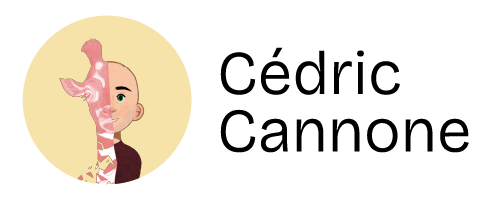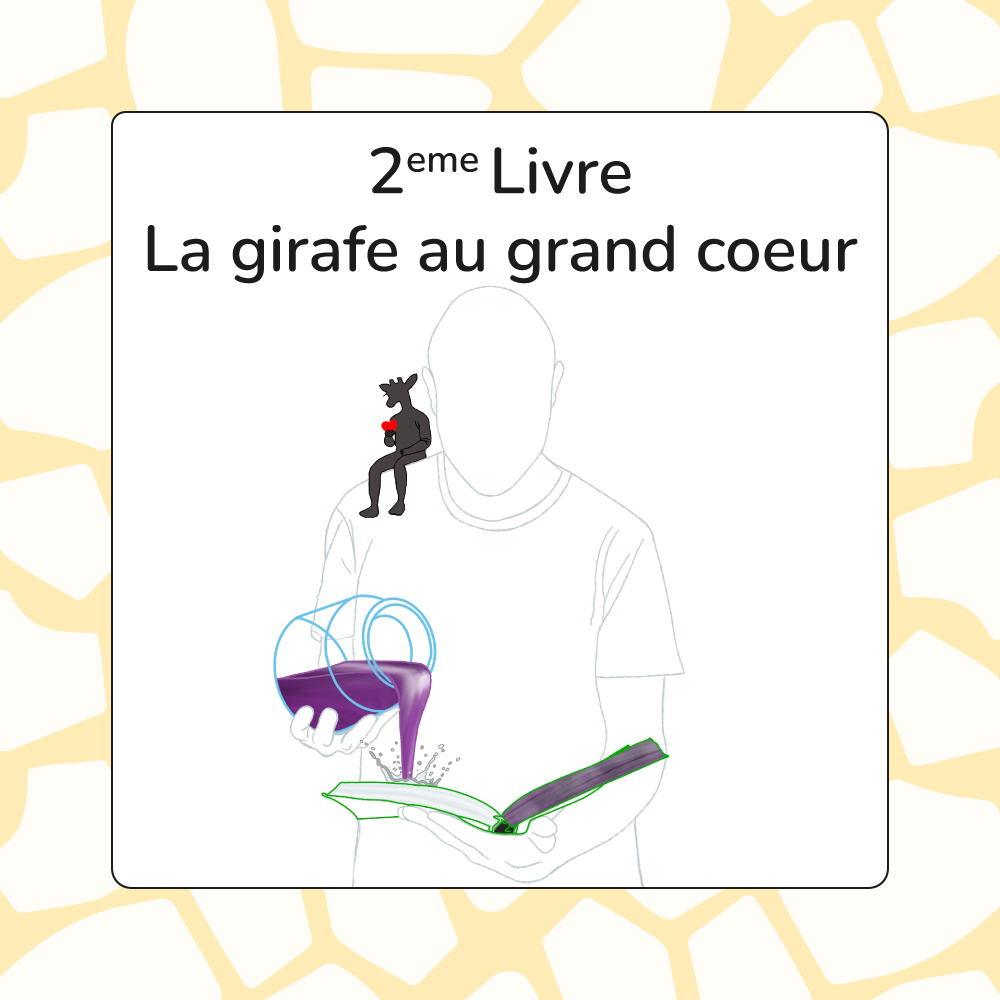Discover a powerful, little-known story! 🔥
Did you know that French Sign Language (LSF) was banned for almost 100 years? 🤯 The deaf had to fight in secret to preserve their culture and identity.
In this video, I share my journey at Visuel75, where I discovered the importance of our history, culture and language. A revelation that transformed my vision of the deaf community and strengthened my commitment to its transmission.
🎥 Read and Click to immerse yourself in this captivating story and understand why it’s crucial to preserve deaf culture! 👇
History text* :
History, culture and deaf identity: the great injustice :
I went to Paris to take a training course at Visuel75. I needed to learn the basics of being a sign language trainer. Over there, I not only took courses in teaching methods, but also three other essential subjects that were totally new to me: the history of the deaf, deaf culture and identity. Indeed, I had to master the various events that had punctuated the history of my community.
Notably this:
Between 1880 and 1977, deaf professionals were removed from schools, to be replaced by hearing professionals, and sign language was banned. Deaf people still practiced their language, but clandestinely, so as not to be caught by hearing teachers. Each department had its own deaf school. And each deaf mini-community created its own signaire (sign language vocabulary) on the sly. It was visual logic and an understanding of hand configuration that kept sign language alive. In fact, each school had succeeded in creating new signs, without consulting other deaf people in neighboring regions. In 1977, the ban was finally lifted, but the big changes didn’t come immediately. After a hundred years of prohibition, the revolution could not be achieved with a snap of the fingers, and oralization was still the order of the day in specialized schools. The anger of the deaf was finally “heard” in 1980 with a large, peaceful demonstration in which deaf people wore white gloves to show off their hands, which are essential for communication. The aim was to make the deaf community visible. Little by little, the world of the deaf opened up to the public: the IVT editions were created, the fifth TV channel offered an access program on the deaf… Despite all these novelties, the deaf remained in information deficit; for lack of accessibility. In France in the 80s and 90s, there were still too few sign language teachers. It was for this reason that the Deux Langues Pour une Éducation association (a Poitevin association promoting bilingualism) was set up in 1980, with branches throughout France. And it was in the 2000s that the first books and posters on the theme of LSF appeared. Deaf teachers gradually reappeared. Today, this enables us to pass on the history and culture we hold so dear. However, one sensitive point remains: that of deaf identity. At school or with their families, young deaf people receive no training in the three pillars of the deaf community (history, culture and identity). Their schooling is geared towards integration, speech therapy to learn to speak and conventional courses, but nothing about their community. There are still too few deaf teachers. It’s only in adulthood, once we’ve entered working life, that we finally come into contact with the various associations (leisure, sports, events, conferences, 2LPE, LSF training, awareness-raising, etc.), belatedly discovering our identity, our history and our culture.
My time at Visuel75 and obtaining my teaching certificate were a real wake-up call. I finally understood the importance of knowing my own community in order to build myself. And how important it is to pass it on so that it doesn’t disappear. It’s a pity that I had to wait until the age of 29 to discover what shaped my identity.
Here’s a historical parallel I like to use:
The French language : A language that evolved from Latin and was made official by King François 1er in 1539. The French language has been championed by the likes of Victor Hugo, Molière, Jean de la Fontaine and many others.
French sign language : sign language has always existed. But it was the Abbé de l’Épée who, after 1760, developed a novel pedagogy for the deaf and set up a free school in Paris. He taught French using gestures and other grammatical signs learned from contact with the deaf. His work influenced Europe and the United States. Deaf personalities include: Laurent Clerc, Ferdinand Berthier, Jean Massieu and many others. Deaf culture and history can be taught in two ways: gently or brutally. When you’re made aware of it from an early age and throughout your life, you understand the world of the deaf much better. On the other hand, if this awareness is introduced too late, when you start working for example, it’s much more difficult to grasp this atypical world. When initiation is too brutal, it’s often difficult to digest.



